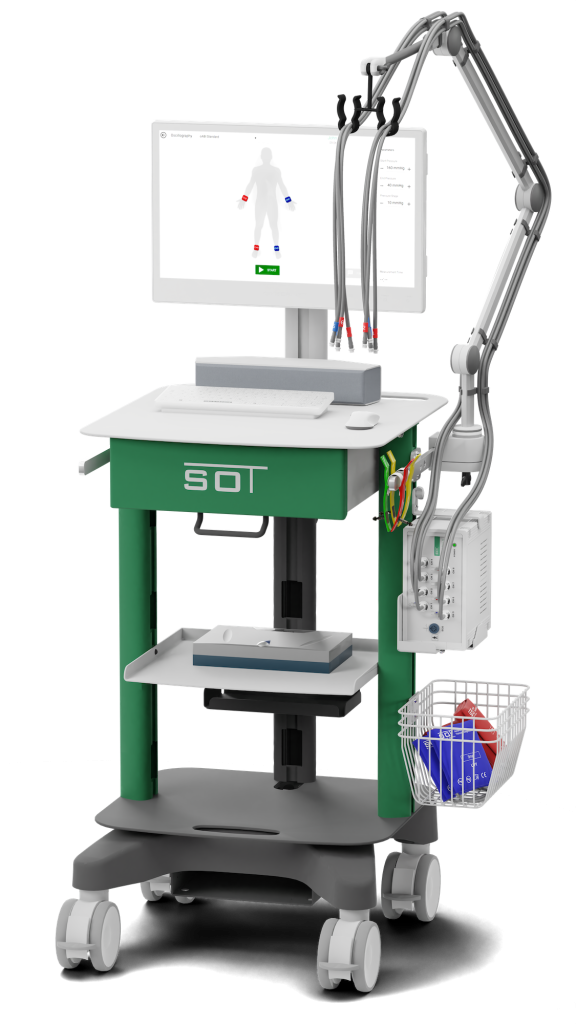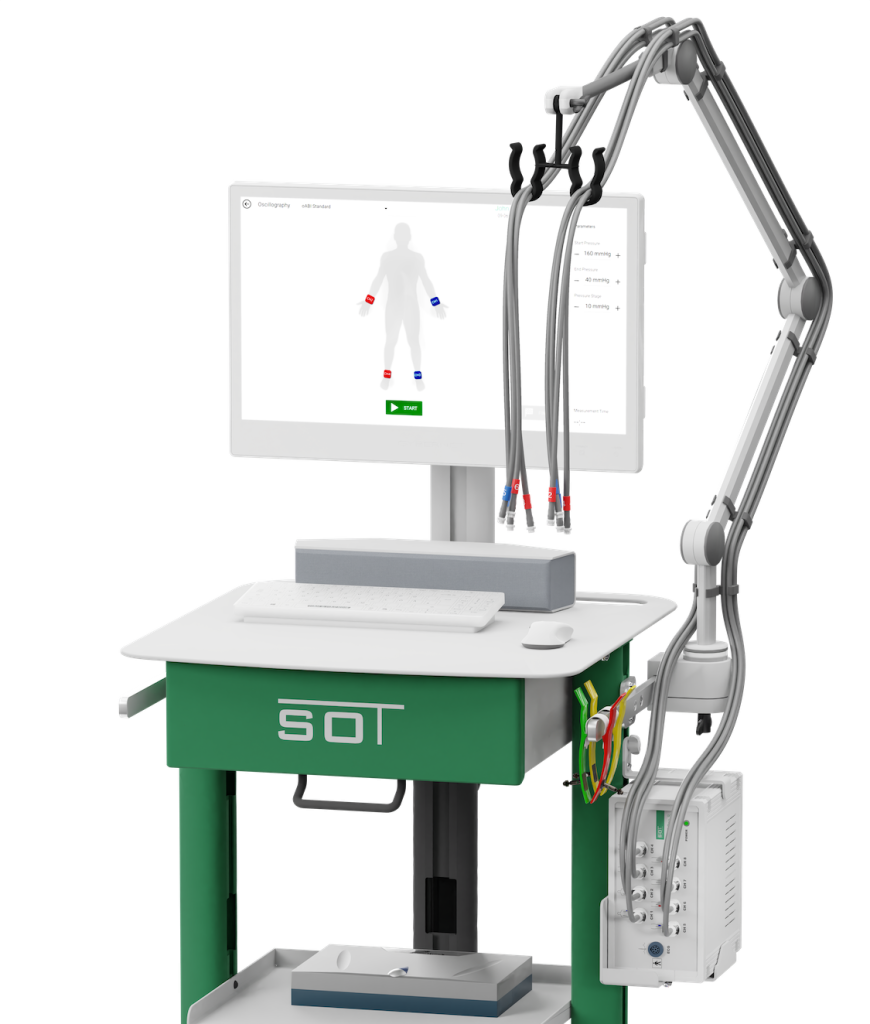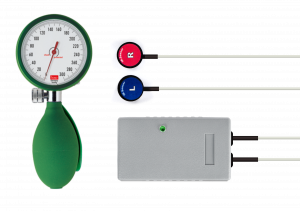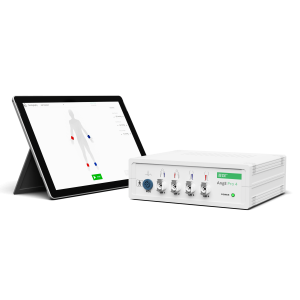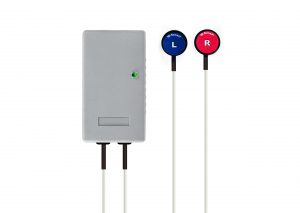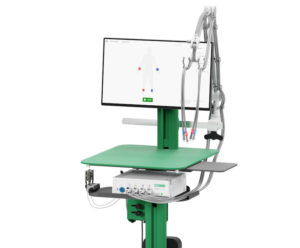
AngE™ COMPLETE
Fully Equipped Vascular Diagnostics System
Up to 8 cuff positions and 2 optical simultaneous measurement channels as well as Doppler probes, ECG recording and a detailed analysis software provide comprehensive opportunities.
🇦🇹 Made in Austria
AngE Solutions Brochure – 1.77 MB
Request now8-Channel Segmental Oscillography
Perform a simultaneous measurement on up to 8 cuff positions simultaneously to efficiently localize the level of an occlusion.
Venous Occlusion Plethysmography (VOP)
Assess the venous status of the legs in lying position by performing plethysmographic measurements, such as Reactive Hyperaemia Test and Dynamic Venous Air Plethysmography, with cuffs only.
PWI™ – Pulse Wave Index
The Pulse Wave Index is a clear and sensitive parameter based on pulse wave shape to determine the severity of blood flow disorders in significantly less time.
Micro- and Macrocirculation
Assess the Micro- and Macrocirculation to estimate the Wound Healing success.
Stress Tests
Record the patients' blood circulation after passive and active stress tests, such as knee bends and toe tip stands, for effective clarification.
Venous Function Measurements
AngE Phlebo calculates pump volume (V0), venous fill time (T0) and venous half-life time (T50) automatically. The results are stated in a simple traffic light display and allow for a fast venous valve incompetence diagnostics.
Arterial Blood Flow Tests
By applying the optical sensors on toes or fingers, arterial circulation disorders such as Morbus Raynaud or TOS can easily be assessed.
Pulse Wave Velocity and HRV
Determine Pulse Wave Velocity (PWV) and Heart Rate Variability (HRV) by recording the ECG-Trigger.
Doppler ABI
Use the 8 MHz or 4 MHz doppler probes to assess and record the blood flow vessel by vessel.
Detailed Report Printout
The one-page report combines all important details about the patient’s vascular status on a single page at the touch of a button.
Comprehensive Software
The AngE-System comes with a sophisticated macOS and Windows software featuring patient management, measurement analysis, DICOM/HL7 interfaces and many more.
Flexibility
A modular design ensures a tailor-made and future-proof investment.
Recent Scientific Publications
"Time consumption for testing was significantly lower using the semiautomated AngE-device – a finding that is economically important, especially in high volume centers and epidemiologic studies."
– Mayr, Hirschl, Klein-Weigel, Girardi, Kundi; 2019
"Tissue optical perfusion pressure: a simplified, more reliable, and faster assessment of pedal microcirculation in peripheral artery disease."
– Horstick, Messner, Grundmann, Yalcin, Weisser, Espinola-Klein; 2020
8-Channel Segmental Oscillography
The simultaneous recording of up to eight channels allows for the localization of occlusions as well as the automated calculation of pulse wave parameters within 45 seconds.
Finger & Toe Pressure
The OPO module allows performing optical pulse oscillography to determine blood flow in fingers and toes as well as to conduct arterial pressure measurements.
Ultrasonic Doppler
The AngE combines ultrasonic probes with pneumatic cuffs to allow Doppler pressure measurements with up to 16 tracks. The Doppler indices can be displayed at a glance on a dedicated overview report.
Venous Air Plethysmography
The Air VVP allows conducting plethysmographic measurements by using cuffs only. The often used mercury-filled strain gauges become unnecessary.
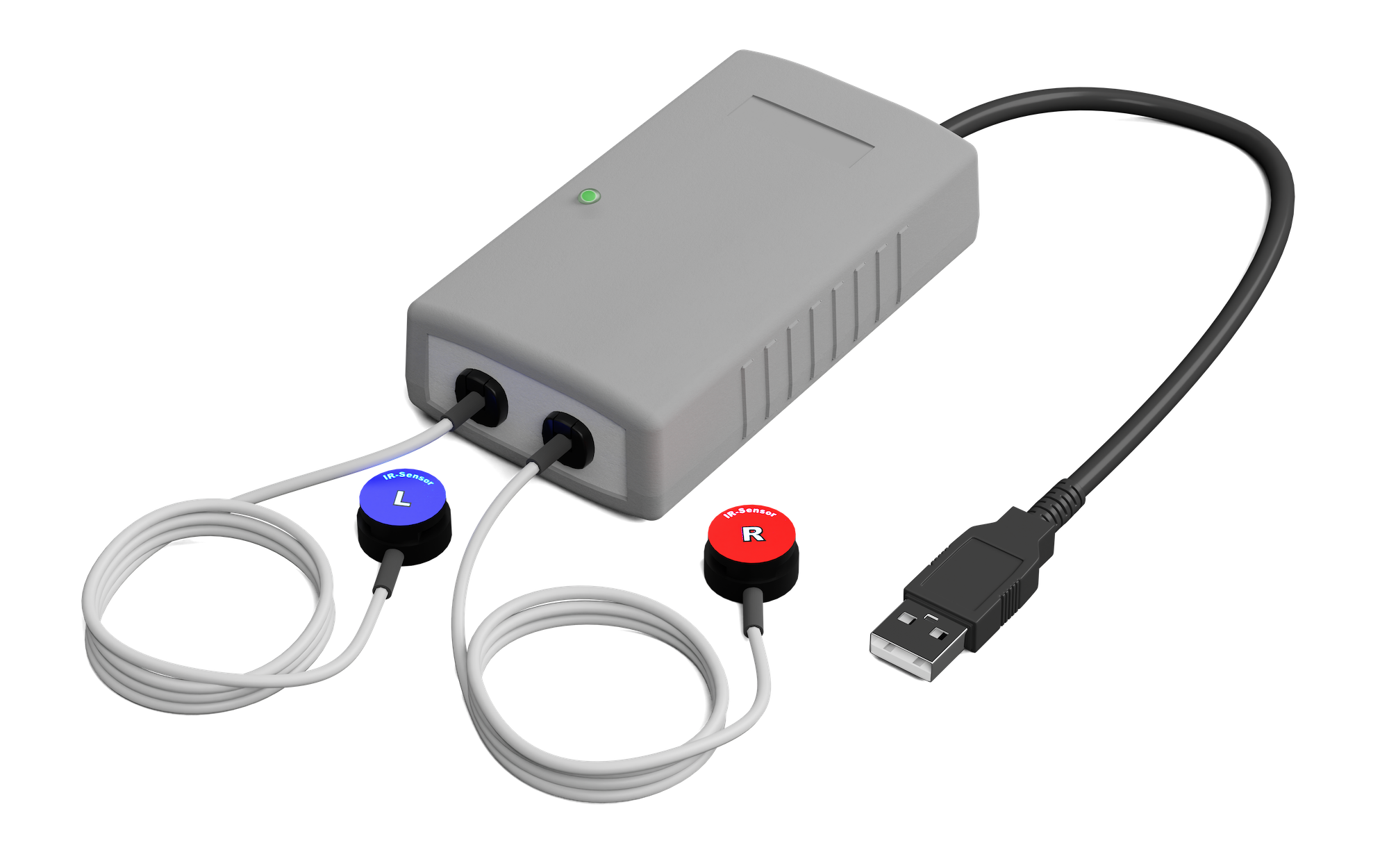
AngE Phlebo
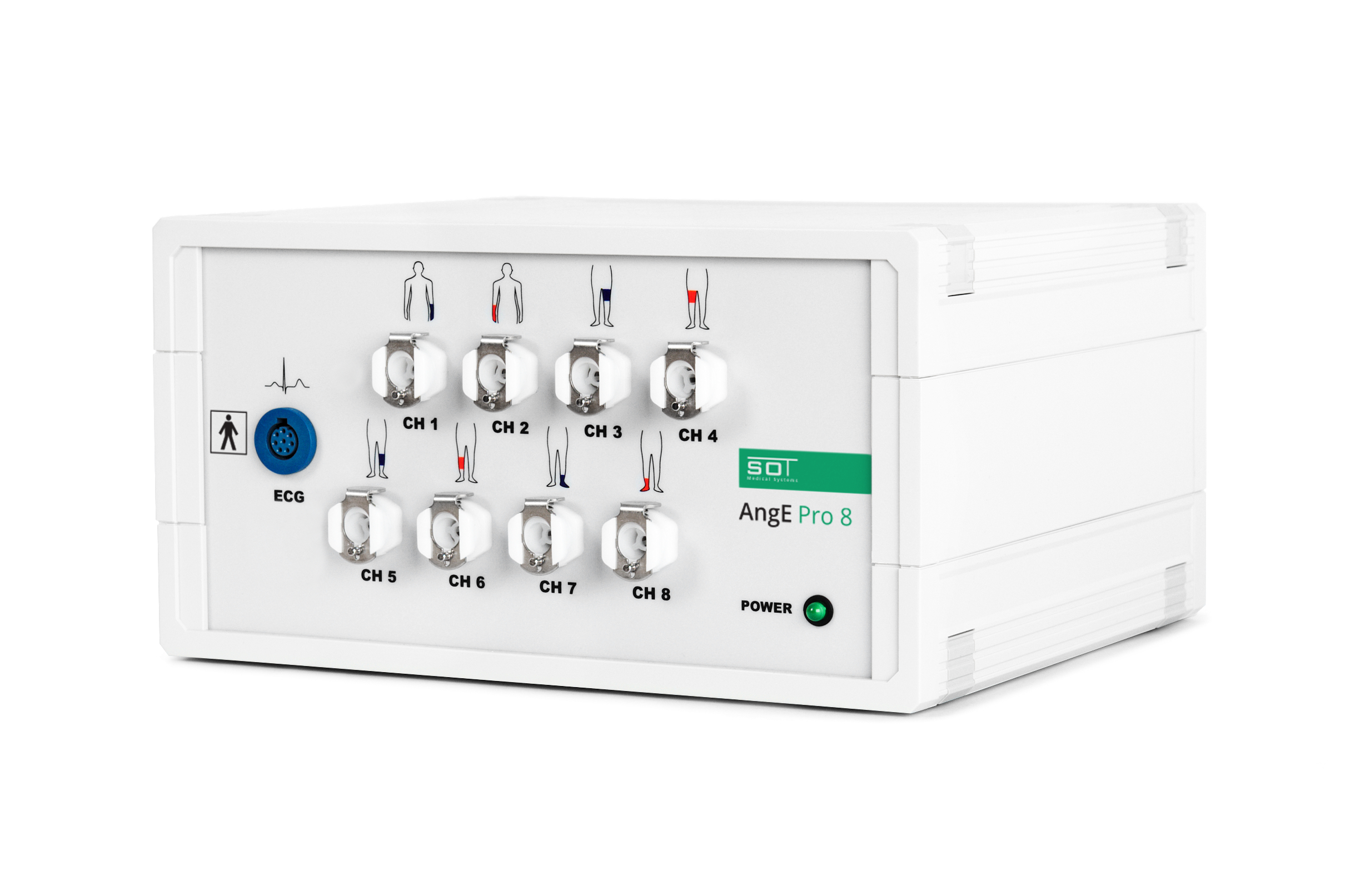
AngE Pro 8
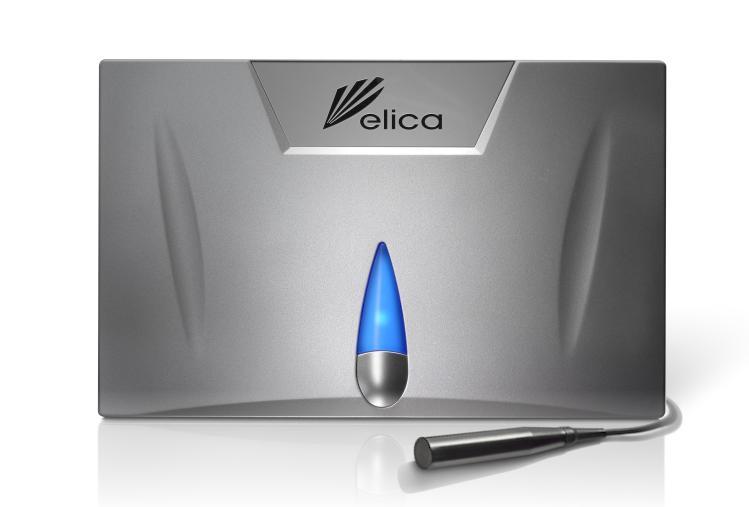
AngE Doppler
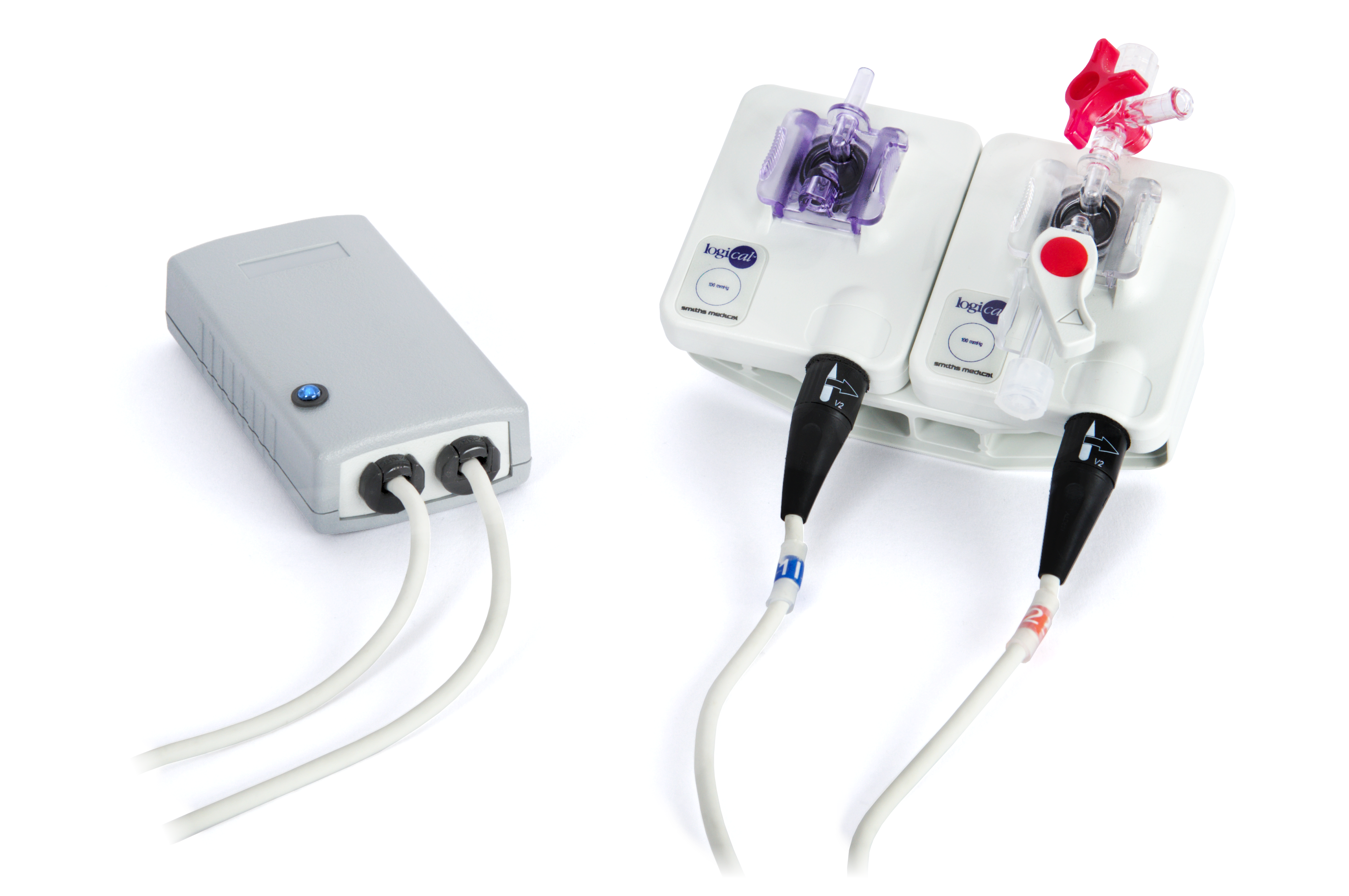
AngE PDM
| oABI (oscillometric Ankle-Brachial-Index) | TBI (Toe-Brachial-Index) | PWI™ (Pulse-Wave-Index) | HRV (Heart-Rate-Variability) |
| Central PWV (Pulsewave Velocity) | Toe-Pressure / Finger-Pressure | Skin-Temperature | V0 (Venous Pump Volume) |
| T0 (Venous Fill-Time) | T50 (Venous Half-Life Time) | Doppler-ABI | RI (Reflexion Index) |
| SI (Stiffness Index) | Venous Peak-Flow | Arterial In-Flow | Invasive Compartment-Pressure |
The high sensitivity of the optical sensors allow for a good documentation of the pulse waves, even with marginal blood flow. Given the virtually unfiltered display of pulse curves, dicrotic waves can be clearly identified for healthy and elastic arteries.
Request Information
Submit the form to be contacted by one of our AngE COMPLETE Experts.
References
1. Automated oscillometric blood pressure and pulse-wave acquisition for evaluation of vascular stiffness in atherosclerosis. (Massmann et al. 2017)
2. Diagnostic Accuracy Study of an Oscillometric Ankle-Brachial Index in Peripheral Arterial Disease: The Influence of Oscillometric Errors and Calcified Legs. (Herráiz-Adilo et al. 2016)
3. Interrater and intrarater reliability of photoplethysmography for measuring toe blood pressure and toe- brachial index in people with diabetes mellitus. (Scanlon C. et al. 2012)
4. Photoplethysmography detection of lower limb peripheral arterial occlusive disease: a comparison of pulse timing, amplitude and shape characteristics. (Allen J et al. 2005)
5. Venous filling time using air-plethysmography correlates highly with great saphenous vein reflux time using duplex. (Lattimer et al. 2014)
Excellent Support
in 60 Seconds
Our product experts in Austria will help you with remote support without any waiting time or ticket system. Call us during office hours and we will help you within 60 seconds.
Mo - Th: 8am - 5pm, Fr: 8am - 12am
